#lowcode/nocodedevelopment
Explore tagged Tumblr posts
Text
A Complete Guide to Low-Code vs No-Code Platforms for Businesses
Learn about the differences between low-code and no-code platforms and how they simplify app development for businesses. We have explained what these platforms are, how they function, and the benefits they offer for different business needs. Whether you're running a small business or exploring tech solutions, this blog helps you choose the right platform for your goals. Discover how low-code/no-code development services save time, cut costs, and make app development easier for everyone. Visit our website to learn more about how Shiv Technolabs can help you succeed.
0 notes
Text
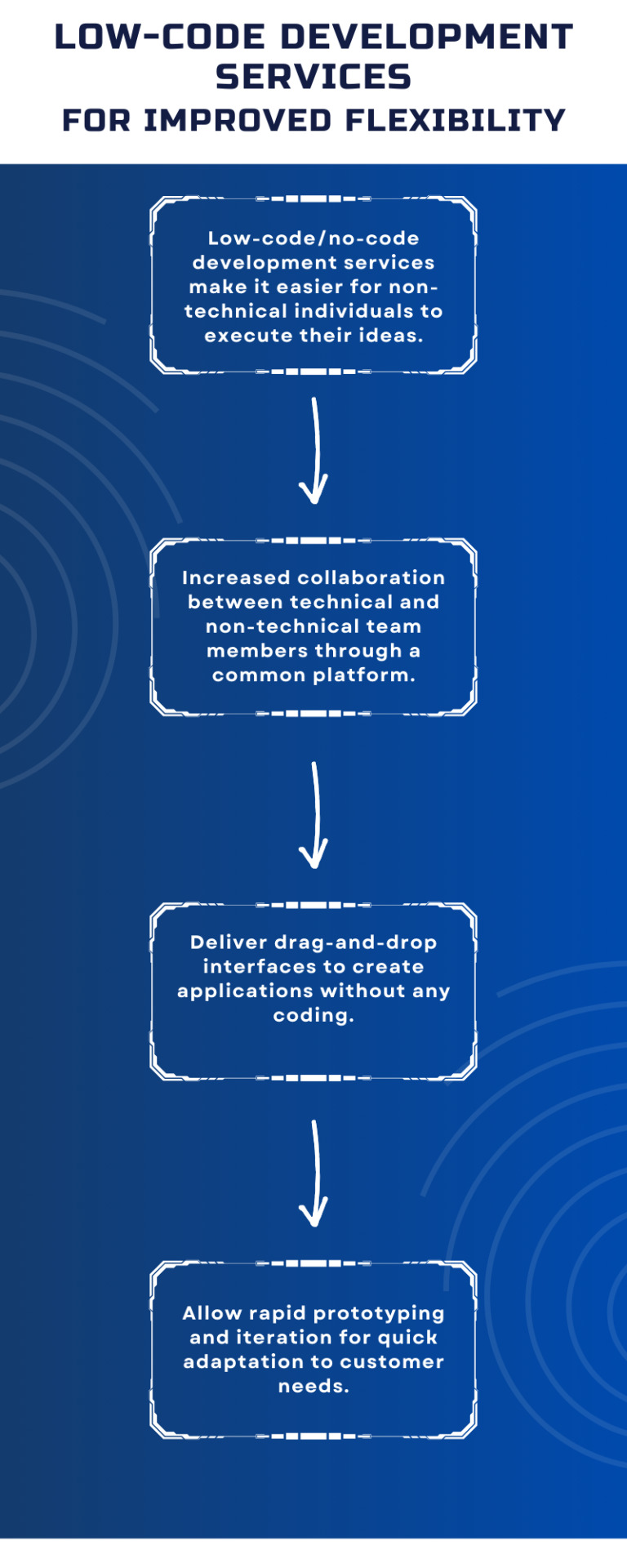
Low-code and no-code development platforms are a boon for non-technical people who want to build and launch their own applications without facing any technical barriers.
Explore more: https://www.veetechnologies.com/services/it-services/product-and-application-development/low-code-no-code-development-services.htm
#NoCode#LowCode#NoCodeDevelopment#LowCodeDevelopment#NoCodeSolutions#LowCodeSolutions#BuildWithoutCode#NoCodeAgency#LowCodeExperts#NoCodeServices
0 notes
Text
Turn Your Ideas into Applications Faster and Easier Than Before with Low-Code/No-Code Development Services

You can get your applications running within a few weeks using low-code/no-code development services, along with reduced development and maintenance costs. LCNC can scale as your business grows and free up your IT teams to focus on high-priority projects, reducing IT backlogs entirely.
Explore more: https://www.veetechnologies.com/services/it-services/product-and-application-development/low-code-no-code-development-services.htm
#NoCode#LowCode#NoCodeDevelopment#LowCodeDevelopment#NoCodeSolutions#LowCodeSolutions#BuildWithoutCode#NoCodeAgency#LowCodeExperts#NoCodeServices
0 notes
Text
Influencing Software Development and Key Innovations in Low Code, No Code Services for 2025
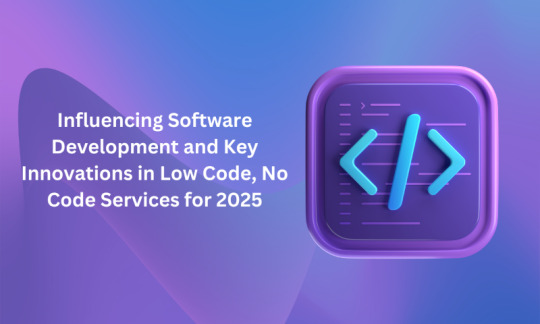
Building a software is a nightmare for many people as it generally involves coding. But nowadays, the reality is that anyone can build a software with low code and no code platforms.The main difference between these two are: low code requires minimal code which makes it suitable for developers who want to build complicated app faster, whereas no code requires no coding at all and is perfect for business users who want to create apps without having any technical expertise. As we are in 2025 now, these platforms are getting better and more helpful for various best application management and support companies.How Businesses Use Low Code and No Code PlatformsLet’s have a look at how different sectors and best application management and support companies are leveraging them:HealthcareHospitals use no code platforms to design patient management systems, which reduce administrative burden. AI integration helps in the processing of large datasets for medical research and diagnostics.RetailRetailers usually use low code tools to create customized e-commerce platforms and inventory management systems. Automated customer service chatbots also improve user experiences of best application management and support companies.EducationFor online learning and student monitoring, schools and universities are building applications. Administrative tasks like admissions and fee management are organised using automation.
#LowCode#NoCode#LowCodeDevelopment#NoCodeDevelopment#AppDevelopment#SoftwareDevelopment#DigitalTransformation#Automation#BusinessInnovation#TechSolutions
0 notes
Text
Low-code vs. No-code app development platforms | SSTech System
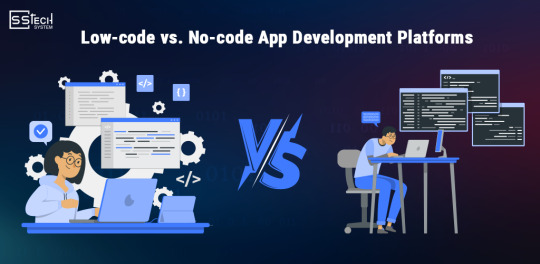
In today’s digital world, things move quickly. Consequently, companies try to speed up the software development process to keep up with the growing need to go digital. Low-code vs No-Code app creation tools are one of the new ideas that is causing this change.
These platforms claim to make app creation more accessible by letting regular people, who are sometimes called “citizen developers,” make apps without having to know a lot about code. This comparison will get into the specifics of low-code vs. no-code, looking at their pros, cons, and possible future effects on app creation.
What Makes Low-Code Vs No-Code Different?
Both Low-code app development and no-code systems aim to simplify the process of creating applications but from different perspectives – the users and apps they target differ. Take a closer look at head-to-head comparison:
1. Users you want
Low code: The majority of low-code customers are programmers and IT staff looking for a way to automate the development of highly functional programs.
No-Code: It is made for business users or citizen creators who don’t have any experience in programming. It promotes simplicity as well as usability.
2. Changes and customization
Low-Code: Offers you more freedom and customization options; it can be applied on customized code as well.
No-Code: Nevertheless, it is also challenging to make many changes because most of the elements and themes are already built and ready for deployment.
3. Complexity
Low-Code: This type of programming is suitable for the development of business applications that require complex architecture and scalability, connect to database servers for data processing, contain specialized business logic and have a high-security level.
No-Code: No-code app development is the most suitable for creating basic applications with minimal features. It is usually associated with the internal use of a company to allow it to perform certain business operations or an application for various departments within it.
4. Speed of development
Low-Code: This type of development is much faster than standard development, but it may need some unique code, which can make the development process take longer.
No-Code: This type of development is usually faster than low-code because there is no writing involved. This makes it possible to quickly launch simple apps.
5. Applications and Use Cases in Business
Use Cases for Low-Code
Enterprise Resource Planning (ERP): Making ERP systems that can be expanded and changed to fit different needs.
Customer relationship management (CRM): creating custom CRM systems that work with your business.
Supply chain management: Making complicated supply chain systems that connect to many different data sources.
Financial services: Putting in place safe financial applications that follow the rules.
Use Cases for No Code
Automating internal tasks: Automating internal tasks like hiring new employees, managing projects, and making schedules for workers are examples of internal business tools.
Campaigns for marketing: Making and releasing marketing apps without IT help.
Customer feedback: Making easy tools and polls for getting feedback.
Event management: Making tools that let people sign up for and organize events.
What is low code development?
Low-code development platforms provide a visual developer environment where developers can simply drag parts to the desired location, connect components using simple processes and configure features without requiring much hand-coding. These systems aim to reduce the time and effort needed to create applications but also allow some code modifications.
Pros of using low-code:
Some of the advantages of Low-Code include:
Faster time-to-market: Short development processes enable faster time-to-market.
Flexibility: It allows you to create your own code for specific needs.
Collaboration: It simplifies the work of the IT and business units.
Scalability: It can deal with complex enterprise applications.
What is No-Code Development?
No-code development tools take this notion of simple even further by making application development completely visual. Users can create apps without writing any code using the GUI and themes that come with apps. These platforms are for business users who want to develop working apps fast and easily.
Pros of using No-Code:
Some of the benefits of no-code include:
Accessibility: Enables non-programmers to develop applications.
Cost-effective: It reduces the amount of specialized tools for growth.
Speed: Easy to deploy and test.
Easy to Use: It is easier to learn how to use and to figure out when the layout is simple.
Low-code vs. No-Code: The future of app development
Adoption-driven trends
The use of Low-code vs no-code development is growing because of a number of app development trends, including:
Digital transformation: Companies are under a lot of pressure to quickly digitize their processes, which makes these platforms very appealing.
Shortage of developers: There is a continuing lack of skilled software developers, which makes low-code and no-code options more important.
Agility: Companies need to be able to quickly adapt to changes in the market and customer needs, which supports making apps quickly.
Innovation: Allowing non-technical staff to help build apps is one way to encourage innovation.
Challenges and consideration
Both low-code and No-code app development platforms have problems, even though they have benefits:
Safety: Making sure that apps created on these sites meet safety standards and legal requirements.
Integration: Especially for no-code options, integrating with current systems and data sources can be hard.
Scalability: Low-code app development platforms usually do a better job of scalability than no-code platforms, but no-code platforms might have trouble with needs that are very scalable.
Governance: Keeping an eye on and controlling how apps are made across multiple areas to avoid “shadow IT.”
The future landscape
As these platforms change over time, the following things could happen that could affect future of application development:
Integration of AI: Better AI could make app creation even easier by handling more difficult chores.
Hybrid solutions: Combining low-code and no-code solutions tools to make a more complete working platform is what hybrid solutions do.
Collaboration: Tools that make it easier for business users and IT workers to work together better.
Better personalization: No-code platforms may offer more personalization choices, making the difference between low-code and no-code less clear.
How to choose between No-Code and Low-Code development?
Think about these things when thinking about how to choose between low-code and no-code development:
Project complexity: Low-code works better for complicated projects that need a lot of customization. No-code is best for applications that are simple and easy to understand.
User skills: Check to see how tech-savvy the team is. No-code might be better for business users, while low-code can be useful for IT experts.
Time to market: If speed is very important, no-code might let you launch faster.
Budget: Think about how much each platform will cost, including any licensing fees and possible development costs.
Integration needs: Figure out if you need to connect to other tools and data sources.
How to use Low-Code vs. No-Code?
To make the most of the power of Low-Code vs. No-Code:
Find use cases: To test the platform’s abilities, start with small, non-essential projects.
Train users: Give users the training and materials they need to make good use of these tools.
Monitor and govern: Set up control tools to keep an eye on app development and stop “shadow IT.”
Iterate and scale: To improve applications and make great projects bigger, use an iterative method.
Conclusion
Low-Code vs. No-Code platforms are a big change in the way apps are made because they make them faster and easier for more people to use. Low-code gives complex, scalable apps the freedom they need, while no-code lets business users handle urgent issues without counting on IT. Whether you use low-code or no-code relies on a number of things, such as the difficulty of the project, the skills of the users, and the need for interaction.
As these tools keep getting better, they will definitely be very important for the future of app creation, making it easier for companies to come up with new ideas faster. Businesses can make smart choices and use the full potential of low-code and no-code development to stay ahead in the digital age if they know what they can and can’t do.
#lowcode#nocode#appdevelopment#sstechsystem#citizendeveloper#softwaredevelopment#mobiledevelopment#lowcodedevelopment#nocodedevelopment#india#b2b#business
1 note
·
View note
Text

What makes Low-Code different from No-Code?
Low-Code No-Code platforms are created to offer a visual Integrated Development Environment, which can aid in app development without spending too much on costs.
Read More : https://joshsoftware.com/blogs/low-code-application-platform-changing-the-way-you-develop/
#LowCode#NoCode#LowCodeDevelopment#NoCodeDevelopment#LowCodePlatform#NoCodePlatform#LowCodeSolutions#NoCodeSolutions#LowCodeRevolution#NoCodeRevolution
0 notes
Text

Low Code/No-Code Development Platforms-Cloud Revolute
0 notes
Video
youtube
Mendix Use Case - Sterilization Management - Customer Facing Demo - PROLIM
#mendix#lowcode#nocode#nocodedevelopment#PROLIM#PLM#todaymeetstomorrow#siemens#siemenspartners#siemensplm#sterilization
1 note
·
View note
Photo
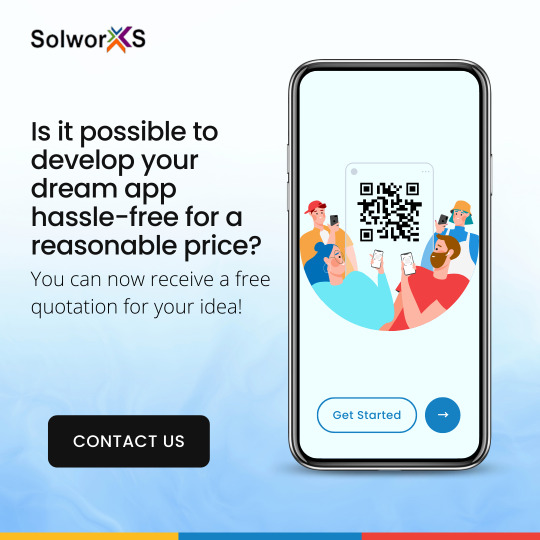
We have solutions with various levels of engagement making it easy to adopt the NoCode/LowCode technology stack as per your business needs. : Let's connect to deliver your vision! #solworxs #nocodeapps #nocodeneeded #nocodeplatform #nocodedevelopment #nocode #nocodelowcode #nocodemovement #nocoderequired #nocodeapp #bangalore #india #lowcodeplatform #lowcodedevelopment
0 notes
Photo

Well-known sources say: Low-code or No-code is the future and has an expected growth rate of 44.4% by this year! 😎 Do you know what Low-code/no-code development is? And how will it affect the lives of Software developers 🧑💻 by reducing the need to code and shifting to a visual approach to software development!? 🧑💻 Read our new blog 📖 Low-Code & No code Development: A threat or an Aid? #lowcode #nocode #lowcodedevelopment #nocodedevelopment #softwaredeveloper #blog #blogpost #newblog #customsoftware #mobiledevelopment #iosdevelopment #androiddeveloper #ecommercewebsite #esurgentit
0 notes
Text
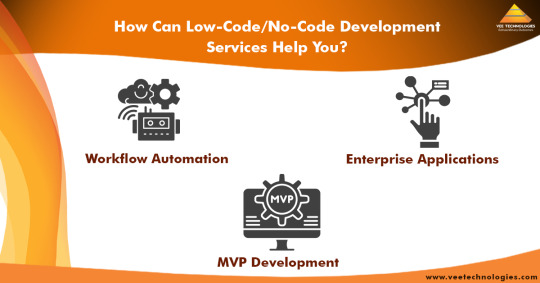
You can get your applications running within a few weeks using low-code/no-code development services, along with reduced development and maintenance costs. LCNC can scale as your business grows and free up your IT teams to focus on high-priority projects, reducing IT backlogs entirely.
Explore more: https://www.veetechnologies.com/services/it-services/product-and-application-development/low-code-no-code-development-services.htm
#NoCode#LowCode#NoCodeDevelopment#LowCodeDevelopment#NoCodeSolutions#LowCodeSolutions#BuildWithoutCode#NoCodeAgency#LowCodeExperts#NoCodeServices
0 notes
Text
#Nocode #nocodeplatform #lowcode #nocodedevelopment #lcnc #citizendevelopment #didyouknow #Statistics https://t.co/zhGFeQ9gfq
#Nocode #nocodeplatform #lowcode #nocodedevelopment #lcnc #citizendevelopment #didyouknow #Statistics pic.twitter.com/zhGFeQ9gfq
— Quixy (@QuixyOfficial) March 11, 2021
from Twitter https://twitter.com/QuixyOfficial
0 notes